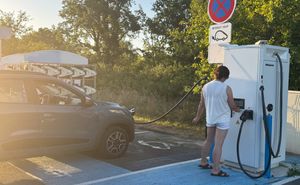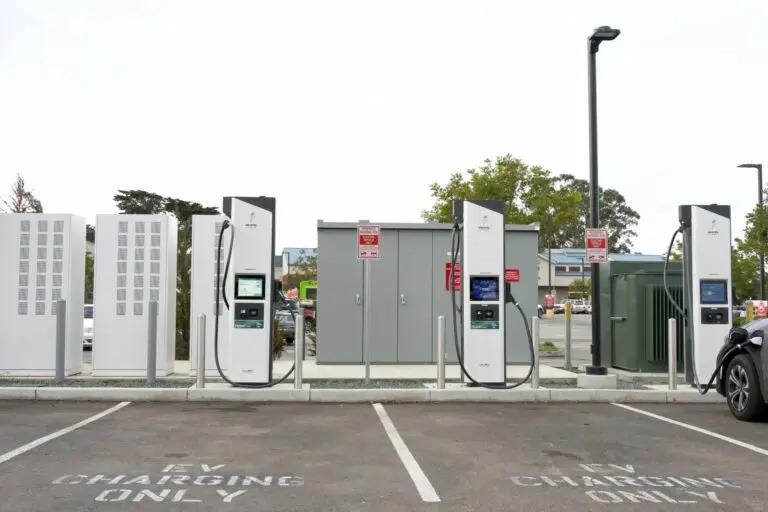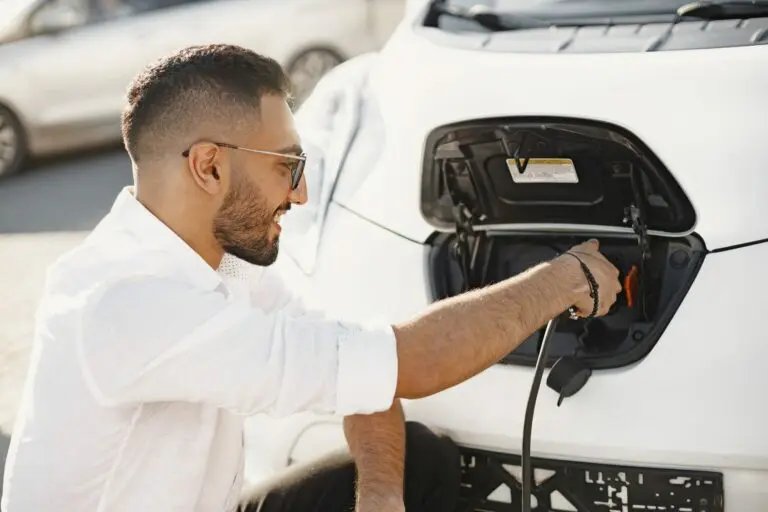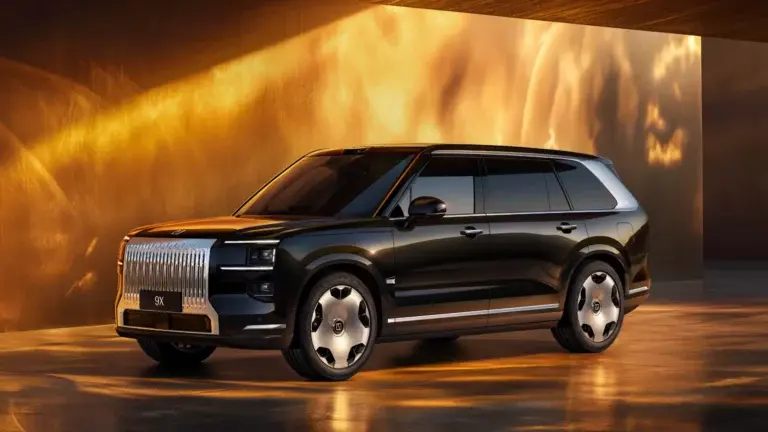This summer, charging points were used more than ever in France. According to Avere-France, activity rose sharply in July 2025. The data confirms that electric cars have taken centre stage among holidaymakers. With charging sessions on the rise, record consumption and a reliable network, all the indicators are green.
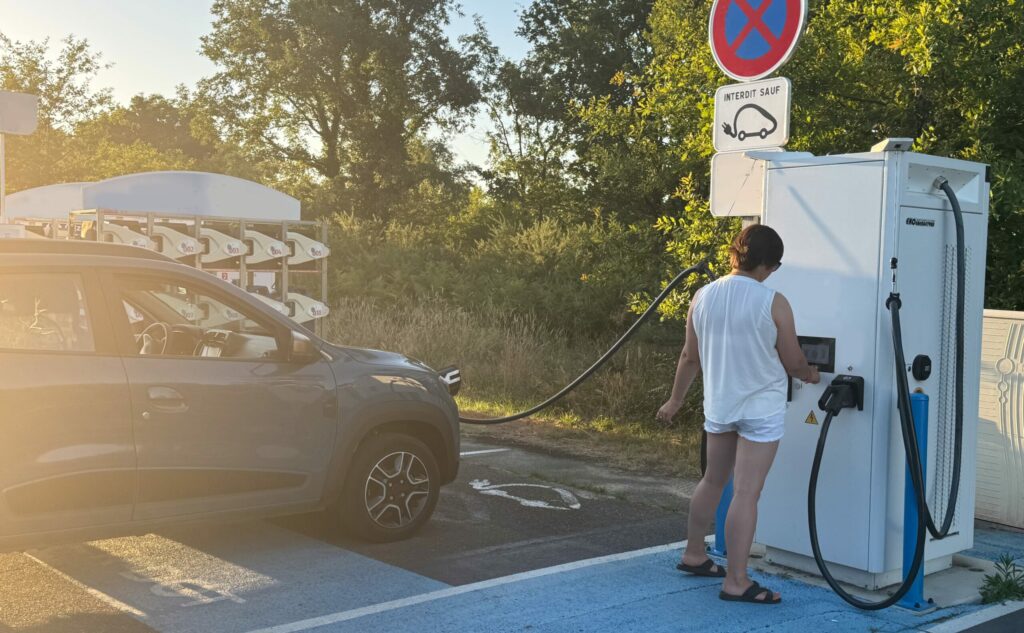
Figures that reassure drivers
In July 2025, each chargepoint recorded an average of 29.5 charging sessions, compared with 16.9 a year earlier. This rise can also be explained by a 22% increase in the number of chargepoints across the country. Powerdot also noted a 92% increase in usage over the first weekend in August, confirming that electric vehicles are being used more and more during the holidays.
Sharp rise in energy consumption
Total consumption at charge points in France is estimated at 109 GWh in July, compared with less than 60 GWh in September 2024. This figure clearly illustrates the growth in the number of zero-emission cars on French roads, and confirms the growing popularity of electric vehicles during the summer months.
According to Avere-France, 70% of charging points were available 99% of the time in July. What’s more, immediate access remains stable at 95%, enabling drivers to plug in as soon as they arrive.
An expanding but uneven network
France now has 174,574 stations, an average of 259 per 100,000 inhabitants. However, their distribution varies greatly: the Île-de-France region dominates with 6,893 stations, while French Guiana has just 30. This territorial inequality shows that some regions remain less well served despite the general extension of the network.
The majority of charging points are installed in shops (44%), followed by car parks (28%) and on roads (16%). In terms of power, 47% deliver between 7.4 and 22 kW, while 32% offer less than 7.4 kW. Lastly, very high-power charging points, in excess of 150 kW, account for 11% of the network. Of these, 9% deliver between 150 and 350 kW, while 2% deliver 350 kW or more, mainly on motorways and in commercial car parks.

